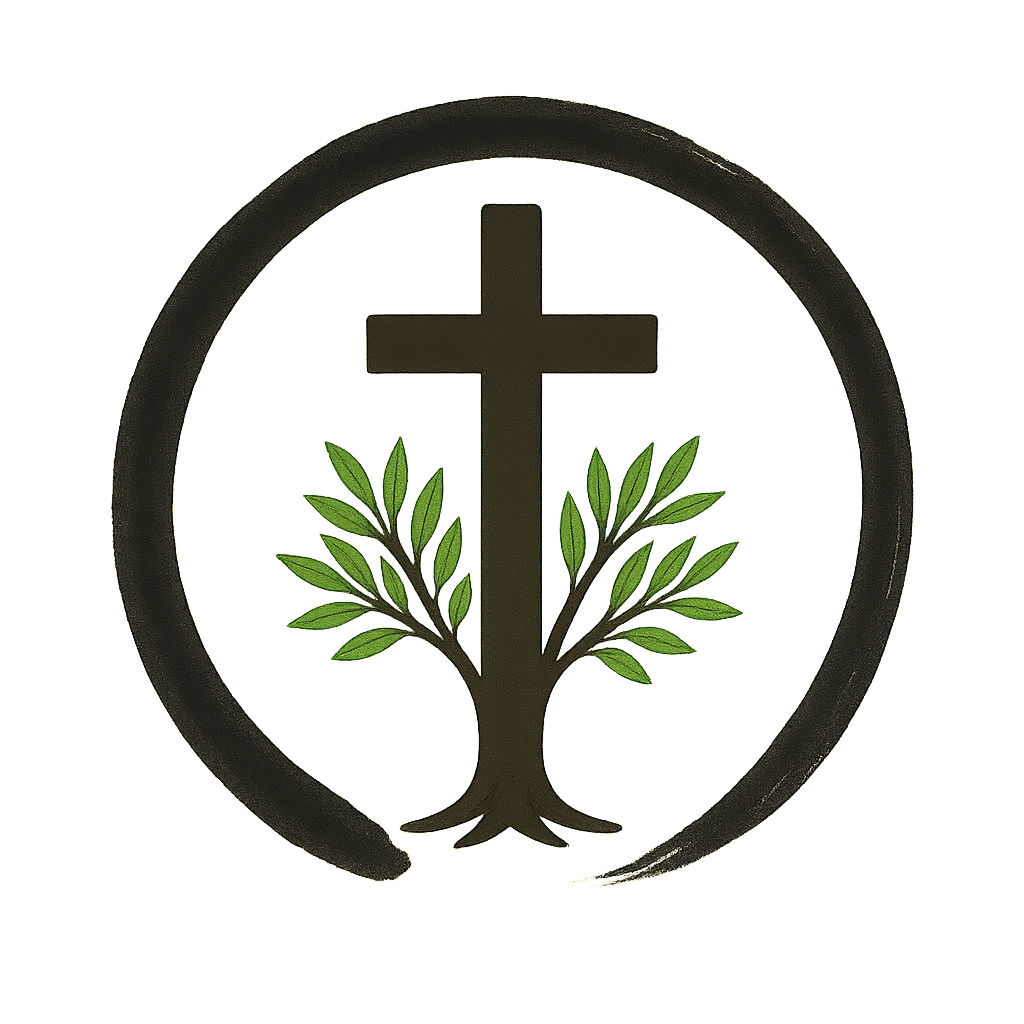Euthanasia – When Pity Kills – The Devouring Mother
Euthanasia appears to our age as an act of compassion. Yet beneath this seemingly gentle surface works another principle: pity that kills. For pity that no longer perceives meaning in suffering turns into power. What begins as love ends as control over life and death.
The End of Life and the Temptation of Pity
Thus modern man no longer stands at the deathbed as a companion, but as a decision-maker.
He can no longer endure suffering, because he has forgotten the mystery of suffering itself.
The Symbolic Beginning – The Blind Father
The drama of our time began when the blind father was killed – first symbolically, then literally. Out of pity, his life was taken, because his pain had become unbearable to others.
In this act the rift between generations is revealed, between heaven and earth, spirit and nature. In myth, the father represents order, measure, origin, and direction. When he falls, the masculine principle of discernment collapses.
The pity that sought to “redeem” him in truth destroyed the divine reference. Thus the way was opened for the psychic movement that today we call euthanasia – an act of pity in which humanity finally replaces the Father.
Pity and Compassion – Two Paths of the Heart
True compassion participates in the divine mystery. It remains where pain resides. It sees suffering, yet does not rush to remove it. It is long-term – it endures, accompanies, transforms, and heals over time. Compassion is willing to suffer with, because it believes in the meaning of suffering.
Pity, by contrast, is a shallow psychic reflex. It arises from the pain of the moment and wants to end it immediately. It seeks to erase suffering, to remove pain – not out of love, but out of inner agitation. Pity is short-term, impulsive, blind. It sees only the suffering, not the path through it.
And thus pity becomes cruel mercy: an act of “help” that ends life, because man no longer perceives purpose – neither in pain nor in time.
Here begins the spiritual tragedy of our age: Euthanasia becomes the visible sign of a pity that has lost God.
The Devouring Mother – Pity Without Spirit
C. G. Jung saw in the “Terribilis Mater,” the terrible mother, the dark counterpart of the divine feminine. She no longer nourishes, she devours. She no longer loves, she possesses. And she kills out of pity – because she cannot bear the suffering she cannot redeem.
Yet the devouring mother rarely kills with her own hands. She is passive-aggressive – she lets others kill for her. She acts through guilt, through moral pressure, through the illusion of kindness. She whispers: “Help him… end his pain… be merciful.” And so another becomes the instrument of her hidden will. He believes himself free – yet he serves a power that disguises possession as love.
In this form we meet the modern ideal of euthanasia. The maternal impulse that once protected now takes authority for itself and seeks to “redeem” without waiting for the Redeemer. In the name of compassion, humanity intrudes upon the mystery of death.
What appears as care is often fear – fear of helplessness, of old age, of dependence, of pain.
Thus the devouring mother appears as the collective principle of a culture that no longer wishes to bear suffering, but only to end it.
When Heaven Falls Silent
Where God is no longer the measure of life, pity becomes the highest moral virtue. But without God, even morality loses its heart. Then being no longer matters – only functioning. Life may exist only so long as it seems “dignified.”
Thus pity that kills becomes the mirror of a world that seeks to erase suffering instead of transforming it. Yet suffering is no flaw in creation; it is part of its mystery. Whoever removes it destroys the depth of the human soul.
The Sacrifice Without Redemption
The ancient religions offered sacrifice to appease the gods. Today man sacrifices out of fear – not animals or enemies, but himself.
Euthanasia is the modern sacrifice in the temple of pity. It soothes the guilty conscience of the living and denies the dying their final journey: the ripening in the face of eternity.
Thus death is no longer accepted, but administered. The sacred is replaced by efficiency. And man loses what makes him human: surrender.
In the end, euthanasia is nothing other than assisted suicide – but on a deeper level, it is more:
the triumph of the devouring mother, who does not kill herself, but makes you kill – in the name of love.
The Return of True Compassion
True mercy does not kill. It remains when others flee. It walks through darkness,
trusting the light that waits beyond. So Mary stood beneath the Cross – not as helper of death, but as witness to the love that transforms suffering.
If we learn again to love in this way, death will lose its power. For whoever suffers with God redeems pain – he does not erase it.
“It is not pity that redeems the world,
but the love that bears its suffering.”
— Master Reding, Nigredo Monastery

